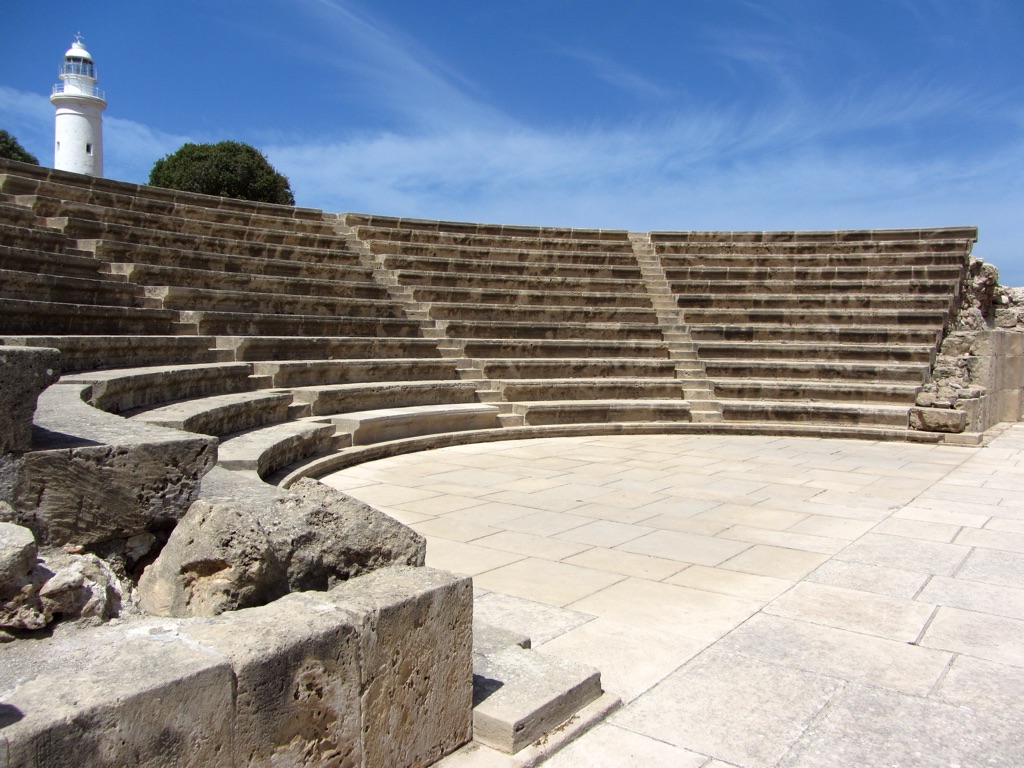Summary:
The Odeon at Paphos is a significant historical and archaeological site located in Cyprus. This ancient amphitheater, dating back to the 2nd century AD, was a crucial cultural hub in the Greco-Roman world. Constructed with limestone, the Odeon has 12 rows of seats and could accommodate around 1,200 spectators. Today, it serves as a poignant reminder of the rich history and culture of ancient Paphos and continues to host performances, maintaining its age-old tradition.
Get your dose of History via Email
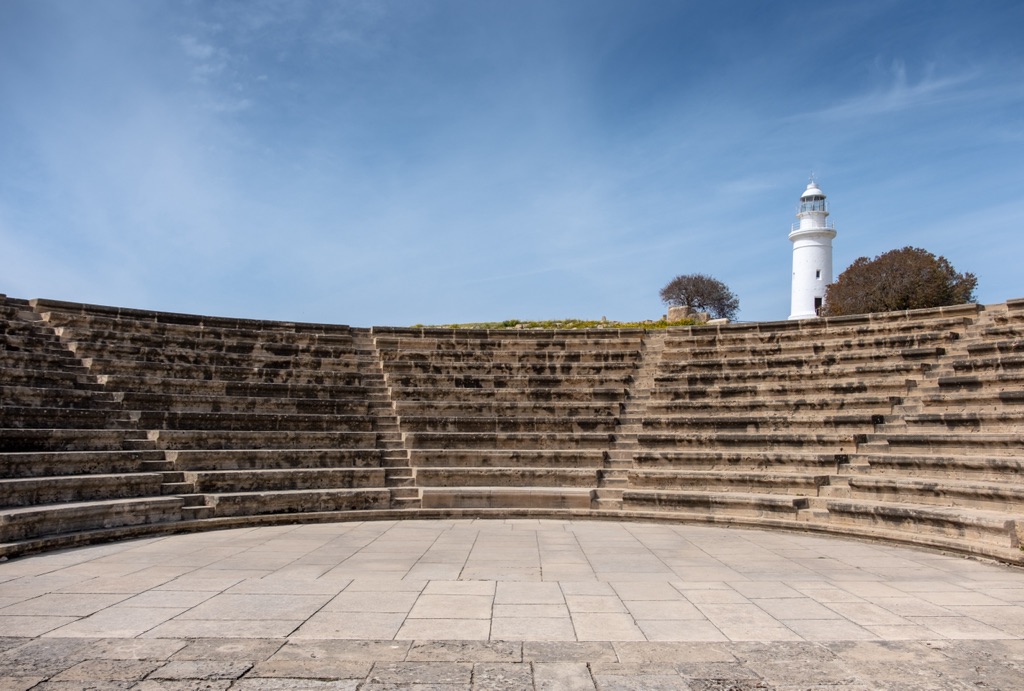
What is the historical significance of the Odeon at Paphos and what role did it play in ancient Greek and Roman culture?
The Odeon at Paphos holds immense historical significance as it stands as a testament to the grandeur of ancient Greek and Roman culture. It was an integral part of the social and cultural life of Paphos, hosting various performances, public gatherings, and political meetings.
The structure was constructed during the reign of the Roman Empire, showcasing the architectural prowess of the Romans. The Odeon served as a platform for cultural exchange, fostering a blend of Greek and Roman traditions.
The performances held at the Odeon were not merely entertainment but also a means of propagating Greek and Roman ideologies. They played a pivotal role in shaping the societal norms and values of the time.
Moreover, the Odeon was a symbol of Roman influence and power in Paphos. Its grandeur and magnificence were indicative of the city’s importance in the Roman Empire.
Finally, the Odeon’s survival through centuries signifies its resilience and the enduring legacy of the Greco-Roman culture in Paphos.
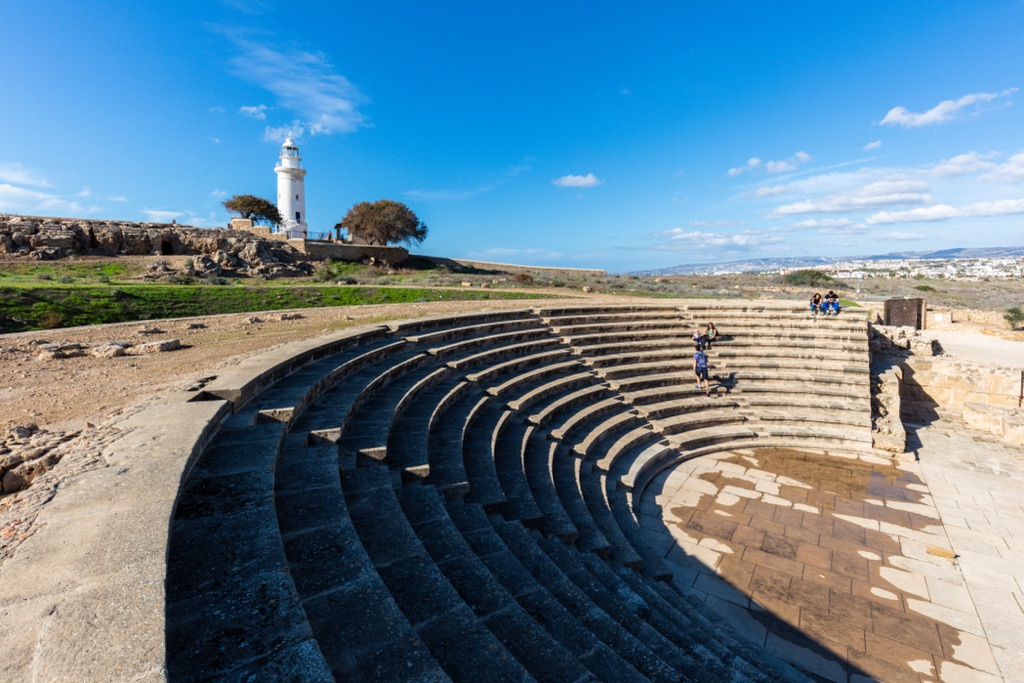
What are some of the key architectural features and discoveries made at the Odeon at Paphos?
The Odeon at Paphos is renowned for its impressive architectural features. Built from limestone, it consists of 12 rows of seats and could accommodate approximately 1,200 spectators. The semi-circular design of the Odeon is characteristic of Roman amphitheaters, designed for optimal acoustics and visibility.
Archaeological excavations at the site have led to several significant discoveries. These include statues, inscriptions, and artifacts that provide insights into the cultural and societal practices of the time.
The Odeon was built with an orchestra, a stage, and a backstage area, indicative of the elaborate performances that were held there. The presence of an entrance and exit tunnel suggests a well-planned architectural design.
Moreover, the discovery of a Roman road near the Odeon indicates the strategic location of the amphitheater in the city.
Lastly, the remnants of a colonnaded building adjacent to the Odeon suggest the existence of a stoa or a covered walkway, adding another layer to the architectural complexity of the site.
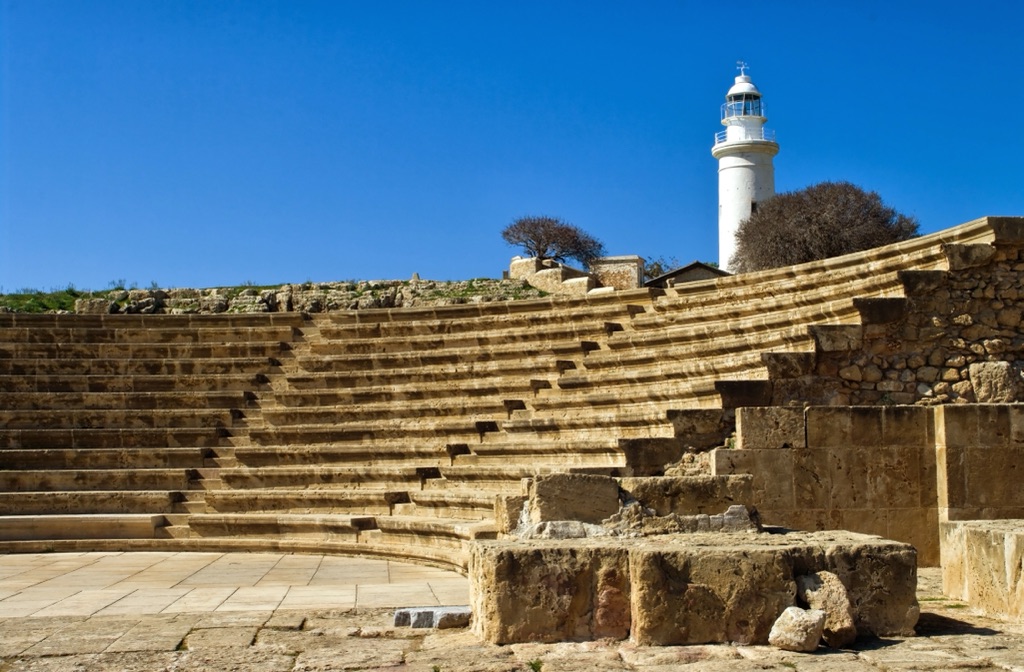
What is the historical significance of the Odeon at Paphos and what civilizations have used it?
The Odeon at Paphos is historically significant as it was used by various civilizations, including the Greeks, Romans, and Byzantines. Each civilization left its mark on the Odeon, contributing to its rich historical tapestry.
The Greeks initially used the Odeon for theatrical performances and public gatherings. With the advent of the Roman Empire, the Odeon became a symbol of Roman cultural and political influence in Paphos.
During the Byzantine era, the Odeon continued to serve as a hub for cultural activities. However, it also underwent architectural modifications, reflecting the changing aesthetic preferences of the time.
The continued use of the Odeon by different civilizations underscores its enduring significance and adaptability. It also highlights the multicultural heritage of Paphos, shaped by diverse influences over centuries.

How is the archaeological site of the Odeon at Paphos being preserved and protected for future generations?
The preservation and protection of the Odeon at Paphos are of paramount importance due to its historical and cultural value. The Department of Antiquities of Cyprus is responsible for the site’s conservation, undertaking regular maintenance and restoration work.
The Odeon is protected under the Antiquities Law of Cyprus, which safeguards archaeological sites from unauthorized excavations and damage. This ensures the preservation of the Odeon’s structural integrity and its artifacts.
Moreover, the site is regularly monitored to prevent any potential damage from natural elements or human activities. Conservation measures include the reinforcement of the structure and the use of protective materials to prevent erosion.
Furthermore, the Odeon is part of the Paphos Archaeological Park, which is a UNESCO World Heritage Site. This recognition underscores the global importance of the Odeon and mandates its preservation for future generations.
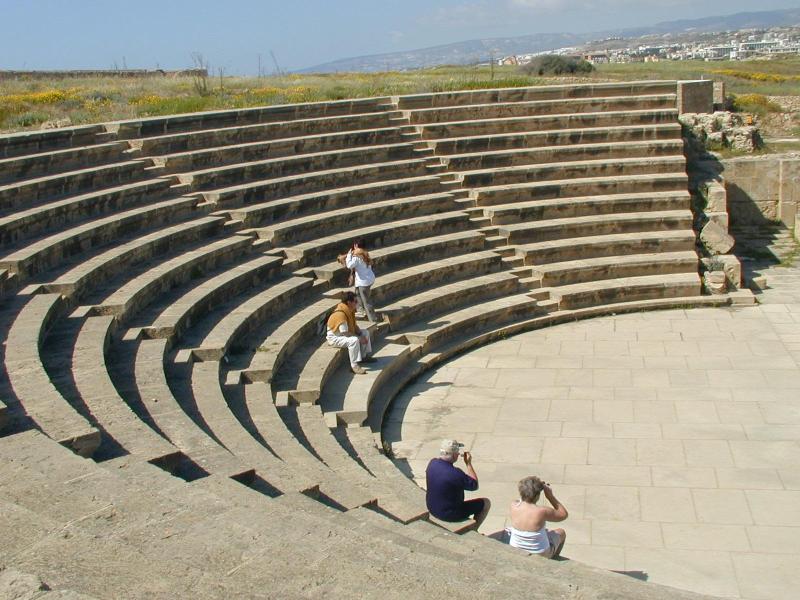
What role did the Odeon at Paphos play in the cultural and social life of the ancient city?
The Odeon at Paphos was a central figure in the cultural and social life of the ancient city. It was a venue for theatrical performances, musical concerts, and public gatherings, serving as a communal space for the citizens of Paphos.
The performances held at the Odeon were a reflection of the societal values and norms of the time. They played a crucial role in disseminating cultural and political ideologies, shaping public opinion.
Moreover, the Odeon was a place of social interaction, fostering a sense of community among the citizens. It was a platform for the exchange of ideas and discourse, contributing to the intellectual growth of the city.
The Odeon also hosted political meetings, underscoring its importance in the civic life of Paphos. Its central location in the city signifies its prominence in the social and cultural fabric of Paphos.
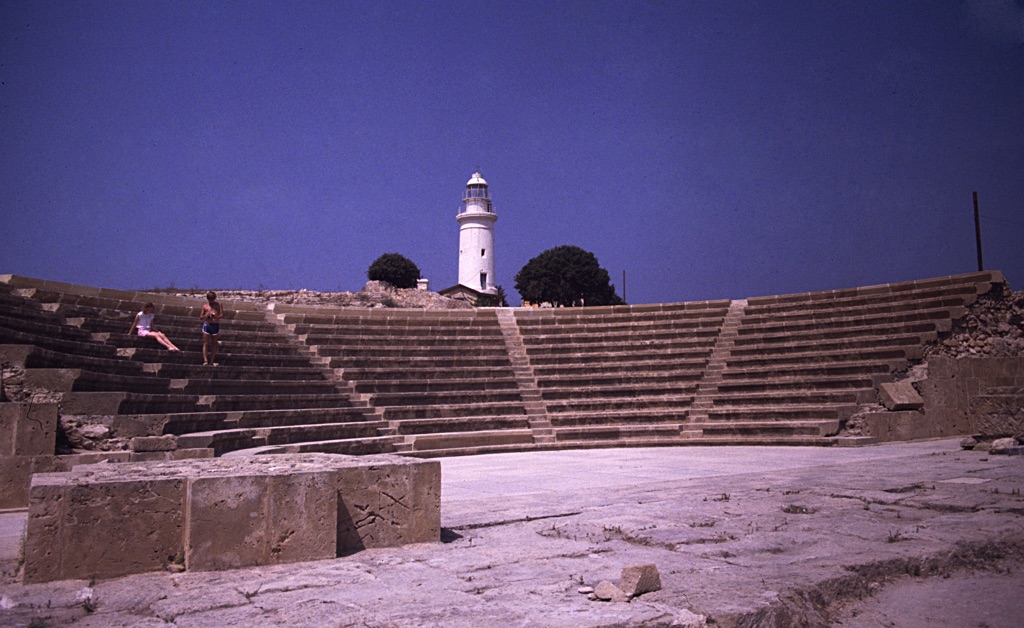
Conclusion and Sources
In conclusion, the Odeon at Paphos is a significant historical and archaeological site that encapsulates the rich cultural heritage of Paphos. Its preservation and continued use underscore its enduring legacy and relevance. The Odeon serves as a testament to the grandeur of ancient Greek and Roman culture, and its influence on the civilizations that followed.
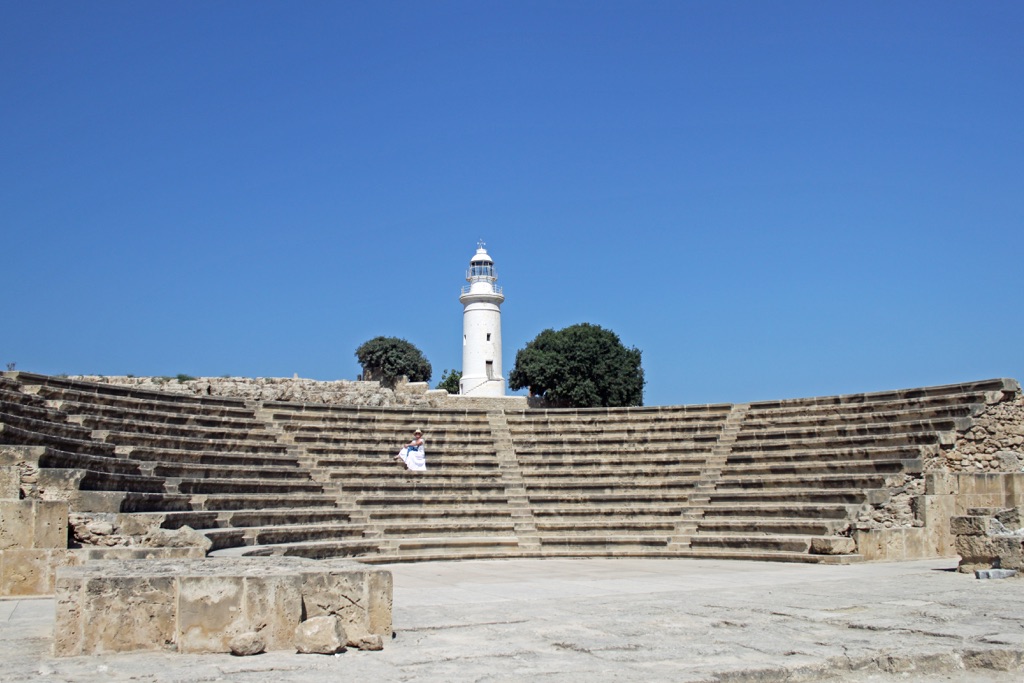
For further reading and to validate the information presented in this article, the following sources are recommended:

